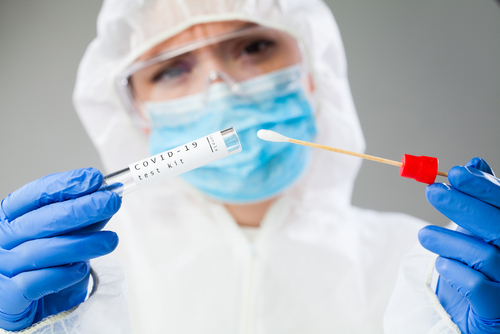COVID-19 has had a profound impact on daily life worldwide. Caused by the SARS-CoV-2 virus, this respiratory illness spreads primarily through respiratory droplets. Symptoms can range from mild to severe, including fever, sore throat, fatigue, and shortness of breath. For some, the consequences can be life-threatening. Amid efforts to reduce its transmission, COVID testing has emerged as a key tool for diagnosing infections and safeguarding communities.
Understanding COVID-19 Tests
COVID tests are diagnostic tools used to detect an active infection or determine prior exposure to the virus. These tests work by identifying either the virus or the antibodies created by the immune system in response to infection. The effectiveness of COVID testing varies depending on the method and timing of testing.
Selecting a testing type often depends on the goals, whether immediate diagnosis, monitoring, or understanding past exposure. The three primary testing methods are:
- PCR Tests (nasal swab or saliva): Ideal for high-accuracy diagnosis, especially in symptomatic individuals.
- Rapid Antigen Tests (at-home kits): Convenient for frequent or immediate screenings, but less sensitive than PCR tests.
- Antibody Tests (blood sample): Detect past COVID-19 infections to indicate prior exposure rather than current infections.
PCR Nasal Swab Test
The Polymerase Chain Reaction (PCR) nasal swab test is generally seen as the gold standard for COVID-19 testing. This method analyzes genetic material from samples collected via a nasal swab. PCR tests are highly accurate, often detecting even low levels of the virus. Though processing takes time in a laboratory, the results are dependable.
PCR Saliva Test
Similar to the nasal swab, the PCR saliva test detects the virus’s genetic material but uses a saliva sample instead of a nasal one. Many find this option more comfortable and less invasive. Saliva-based testing is especially reliable when collected correctly and still benefits from the precision of PCR methodology.
Rapid At-Home Antigen Tests
Antigen tests are a faster, more accessible option for detecting active infections. These tests identify proteins from the virus using a nasal or throat swab. While the results are available within 15–30 minutes, they are less accurate than PCR tests, particularly when detecting lower viral loads. At-home testing is a convenient option for quick screenings.
Benefiting From COVID Tests
By identifying infected individuals, including asymptomatic carriers, communities can take action to reduce transmission. COVID testing is fundamental in preventing widespread outbreaks in communities. Regular and extensive testing enables public health officials to track the virus’s spread and adjust safety measures, such as quarantine protocols, accordingly.
How Do Communities Benefit From Testing?
Schools and workplaces are environments where physical proximity can accelerate viral spread. Testing for COVID plays a fundamental role in maintaining safety in these settings. By identifying positive cases early, administrators can limit the potential for outbreaks.
Mass testing efforts also enable healthcare systems to allocate resources efficiently, providing healthcare to those who need it. Timely isolation of positive cases slows the spread of the virus, protecting vulnerable populations. Routine testing programs, whether through PCR-based testing or rapid antigen kits, help monitor infection trends and provide peace of mind for students, staff, and employees. Combined with clear protocols, such as masking and hand hygiene, COVID testing serves as one of the most effective strategies to reduce disruptions and maintain operational continuity.
How Do Individuals Benefit From Testing?
For individuals, COVID testing helps with early detection and intervention. By diagnosing infections promptly, tested individuals can seek timely medical support, reducing the risk of severe outcomes. Testing also enables people to make informed decisions that protect their loved ones and colleagues. A positive result prompts self-isolation, reducing the likelihood of unintentionally infecting others.
Testing is particularly helpful for those experiencing any of the following symptoms, as advised by the Centers for Disease Control and Prevention (CDC):
- Fatigue
- Fever
- Nausea or Vomiting
- Loss of Smell or Taste
- Muscle Aches
- Runny Nose
- Sore Throat
- Shortness of Breath
Learn More About COVID Testing
COVID testing remains a key tool in the global effort to combat the pandemic. By identifying infections early, testing protects individuals, families, and entire communities. It enables schools and workplaces to operate safely and provides valuable data to inform public health decisions. Contact your local healthcare provider today to learn more about the benefits of COVID testing. Safeguard your health and contribute to the well-being of your community with informed testing practices.
